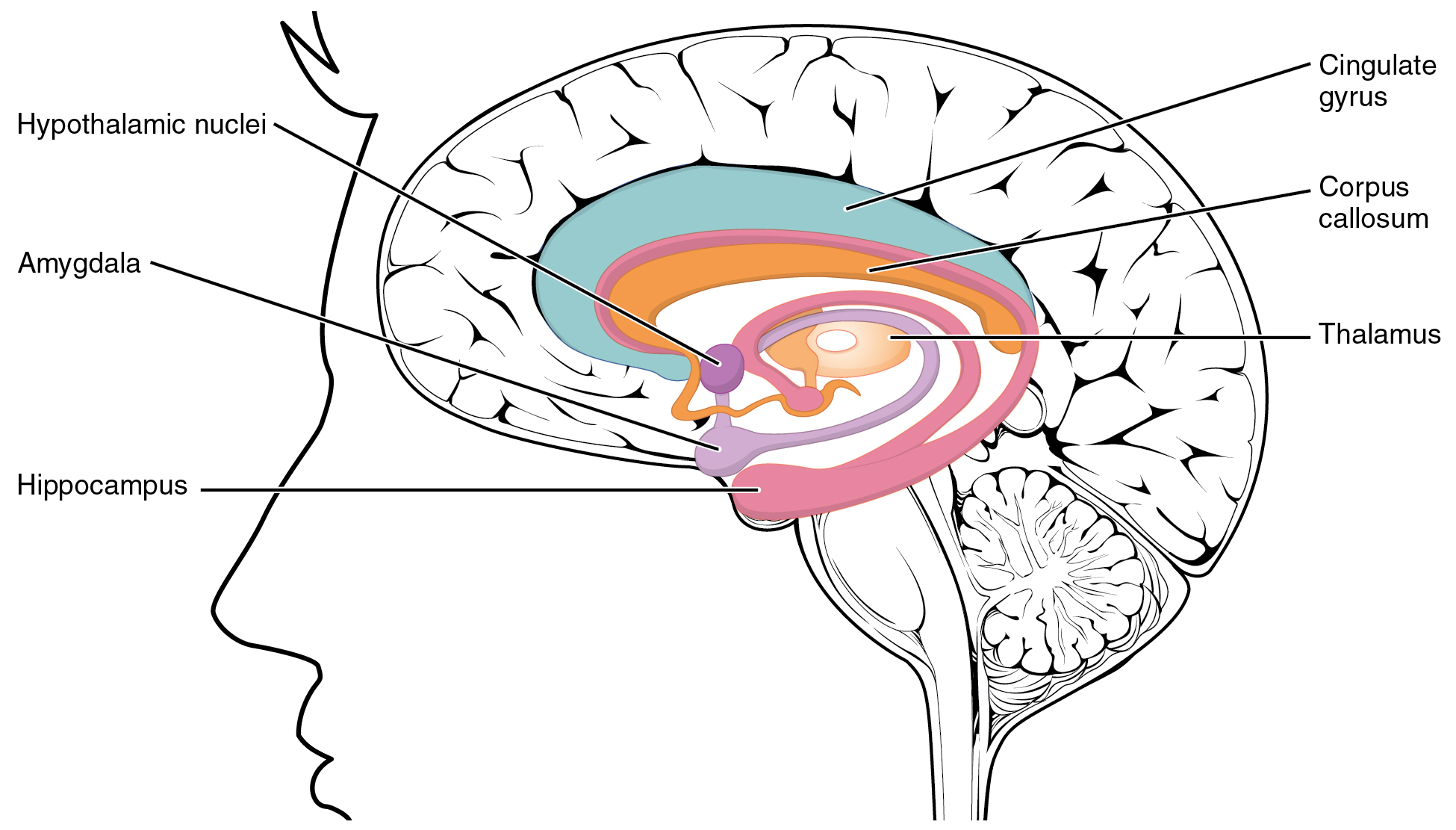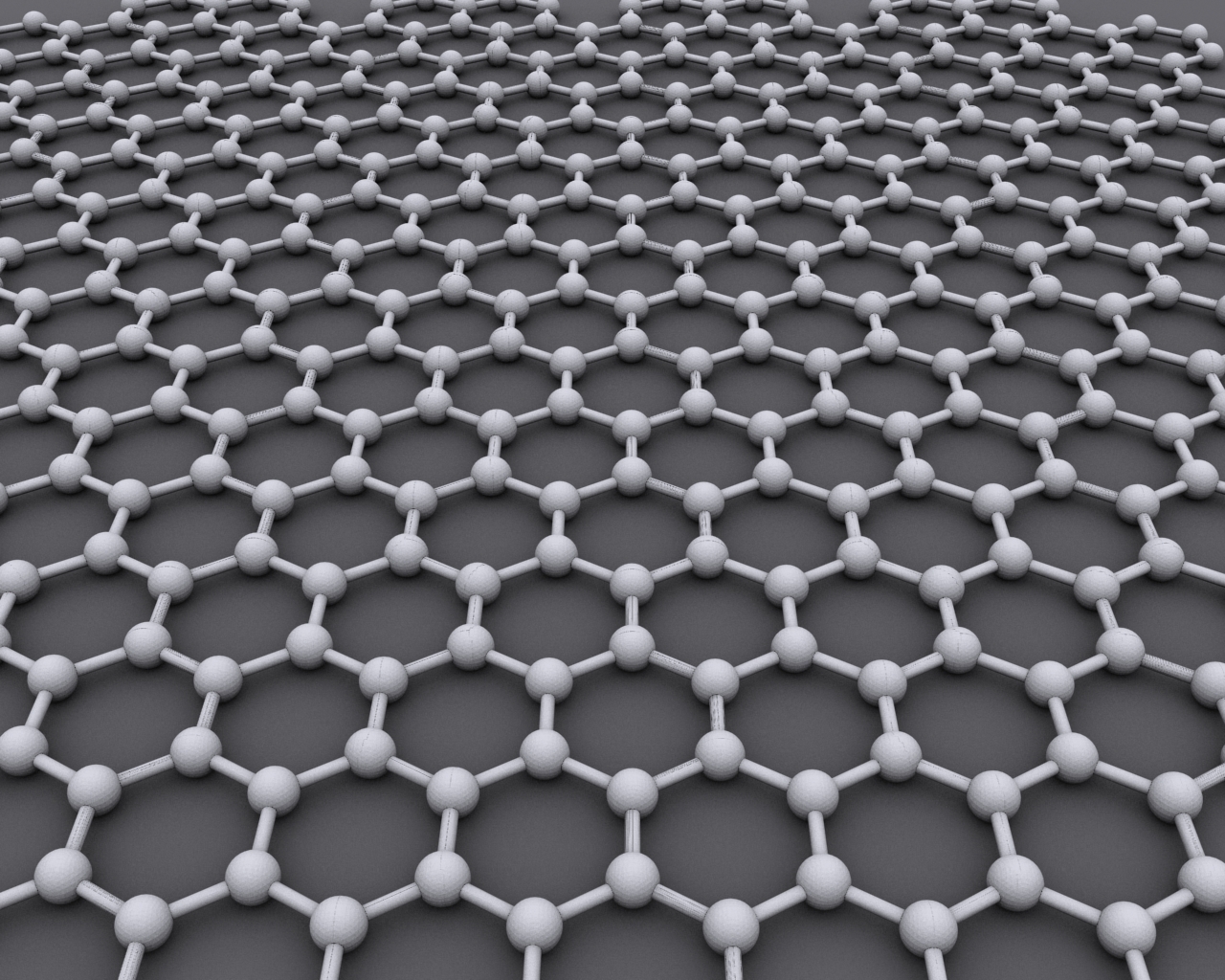Did our forefathers, the hunters and gatherers, hear better and smell better? Probably yes, alludes Yuval Harari. Because their survival depended on being aware of strange, hidden, prowling dangers. Later, as hunters settled down to be farmers, life styles changed, acute sense of smell and hearing was no longer needed and hence eventually lost. Yuval Harari in his voluminous books The Sapiens and the Homo Deus, cautions us that we stand to lose our power of cognition, perception and intuition because we are steadily outsourcing these mental exercises to machines and trusting their decisions implicitly.
True, but only when dealing with huge volumes of data. Algorithmic analyses with their powerful pattern finding and predictive ability have become great enablers in diverse research fields. A computer algorithm can in a jiffy sift through millions of details and arrive at the most objective decision. Elizabeth Honig, Art Historian at the University of California, Berkeley ropes in the help of algorithms to identify the original from fake among art pieces. Specialists in Computer Vision and Machine Learning consider this a win-win situation because such exercises challenge and sharpen an algorithm's pattern matching ability thus making AI an enormously powerful tool.
Tomasev et al too followed the same path to develop a clinical tool to predict impending kidney failure. Deep Learning is an algorithm commonly used to identify patterns in huge data sets. Tomasev and team collected well over 6 billion data points from multiple sources from 700,000 anonymised patients spread over 5 years - 2011 to 2015. Special programs such as recurrent neural network and ablation analysis were incorporated in the data analysis. Tomasev and colleagues could register a prediction accuracy of 84% for serious damage 90% for eventual dialysis treatment . However this retrospective analysis has to be upgraded to prospective mode.
But there has to be checks and balances cautions, Patrick Riley Principal Engineer and Senior researcher at the Google Accelerated Science team at Google. "Many algorithms are so complicated that it is impossible to inspect all the parameters or reasons about how the inputs have been manipulated. As these algorithms begin to be applied ever more widely, risks of misinterpretations, erroneous conclusions and wasted scientific efforts will spiral" he says
TAILPIECE:
Father of modern computing science, Alan Turing will be seen in the new £50 notes to be issued by Bank of England. Much maligned during his life time for being gay, he died (or committed suicide, some believe) in 1954. Six decades later in 2013, he was exonerated off all blemishes by the British Queen.
True, but only when dealing with huge volumes of data. Algorithmic analyses with their powerful pattern finding and predictive ability have become great enablers in diverse research fields. A computer algorithm can in a jiffy sift through millions of details and arrive at the most objective decision. Elizabeth Honig, Art Historian at the University of California, Berkeley ropes in the help of algorithms to identify the original from fake among art pieces. Specialists in Computer Vision and Machine Learning consider this a win-win situation because such exercises challenge and sharpen an algorithm's pattern matching ability thus making AI an enormously powerful tool.
Tomasev et al too followed the same path to develop a clinical tool to predict impending kidney failure. Deep Learning is an algorithm commonly used to identify patterns in huge data sets. Tomasev and team collected well over 6 billion data points from multiple sources from 700,000 anonymised patients spread over 5 years - 2011 to 2015. Special programs such as recurrent neural network and ablation analysis were incorporated in the data analysis. Tomasev and colleagues could register a prediction accuracy of 84% for serious damage 90% for eventual dialysis treatment . However this retrospective analysis has to be upgraded to prospective mode.
But there has to be checks and balances cautions, Patrick Riley Principal Engineer and Senior researcher at the Google Accelerated Science team at Google. "Many algorithms are so complicated that it is impossible to inspect all the parameters or reasons about how the inputs have been manipulated. As these algorithms begin to be applied ever more widely, risks of misinterpretations, erroneous conclusions and wasted scientific efforts will spiral" he says
 |
| Alan Turing 1951 Courtesy: Wikipedia |
TAILPIECE:
Father of modern computing science, Alan Turing will be seen in the new £50 notes to be issued by Bank of England. Much maligned during his life time for being gay, he died (or committed suicide, some believe) in 1954. Six decades later in 2013, he was exonerated off all blemishes by the British Queen.
References:
1. Sapiens : A Brief History of Humankind- Yuval Noah Harari , Harvill Secker, London 2014
2. Homo Deus :A Brief History of Tomorrow- Yuval Noah Harari, Vintage Publications 2017
3. Art Attribution: AI enters the fra-y David Adams, Nature: 13 June 2019, vol.570, pp161-162
3. Art Attribution: AI enters the fra-y David Adams, Nature: 13 June 2019, vol.570, pp161-162
4. A clinically applicable approach to continuous prediction of future acute kidney failure :
Tomasev et al Nature 1 Aug. 2019, Vol.572, pp116-119
5. Three pitfalls to avoid in machine learning.: Patrick Riley, Nature, 1 Aug.2019, vol.572,
pp27-28.
6. Alan Turing to be the face of new £50 note
Tomasev et al Nature 1 Aug. 2019, Vol.572, pp116-119
5. Three pitfalls to avoid in machine learning.: Patrick Riley, Nature, 1 Aug.2019, vol.572,
pp27-28.
6. Alan Turing to be the face of new £50 note



_(cropped).jpg)

